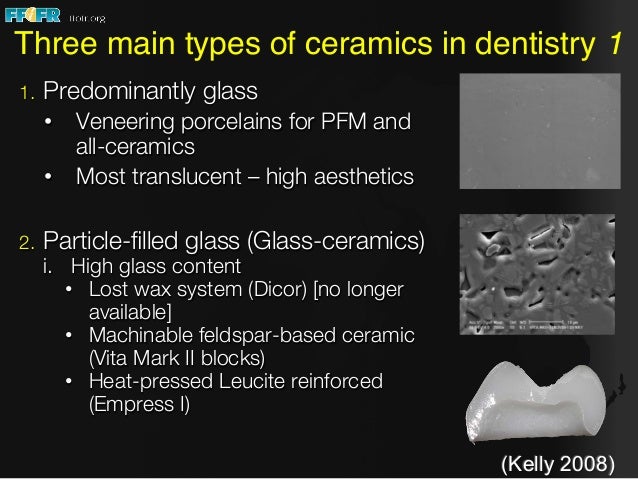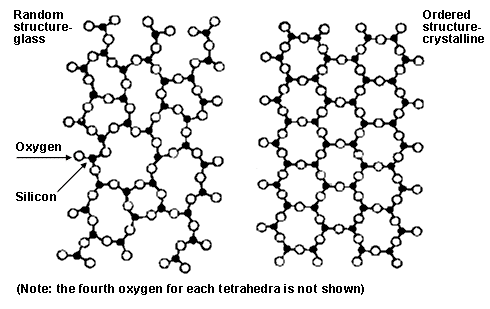A glass kiln will have heating elements on the top whereas a ceramic kiln will have heating elements on the sides.
Similarities and differences between glass and ceramics.
Glass is known to be non crystalline.
80 83 85 in order to prevent coating cracking due to the thermal coefficient mismatch between the glass coating and the ceramic.
Enameling was used to coat zirconia and alumina with bioactive phosphosilicate glass and glass ceramics ap40 and rkkp with composition in the system sio 2 β ca 3 po 4 2 cao na 2 o k 2 o mgo caf 2.
This includes metal oxides metal carbides metal nitrides etc.
Ceramics and glass have many applications that require qualities such as hardness rigidity high resistance to heat corrosion etc.
We use a vast range of ceramic materials in the day to day life.
Recently acquired evidence for alkali borogermanate compositions indicates a shift toward the right for the geo 6 geo 4 equilibrium in geo 2.
In the manufacture of both glass and ceramics there is a slight difference.
Glass can be called as a type of ceramic.
Porcelain and glass are fragile materials used to create beautiful designs.
Ceramics may be crystalline or partly crystalline.
The key difference between glass and ceramic is that ceramics have crystalline or semi crystalline or non crystalline atomic structure whereas the atomic structure of glass is non crystalline.
Glass is made by heating and melting a mixture of ingredients mostly silicon with color and texture additives into a homogeneous liquid which cools to a homogeneous and uniformly colored and textured material.










